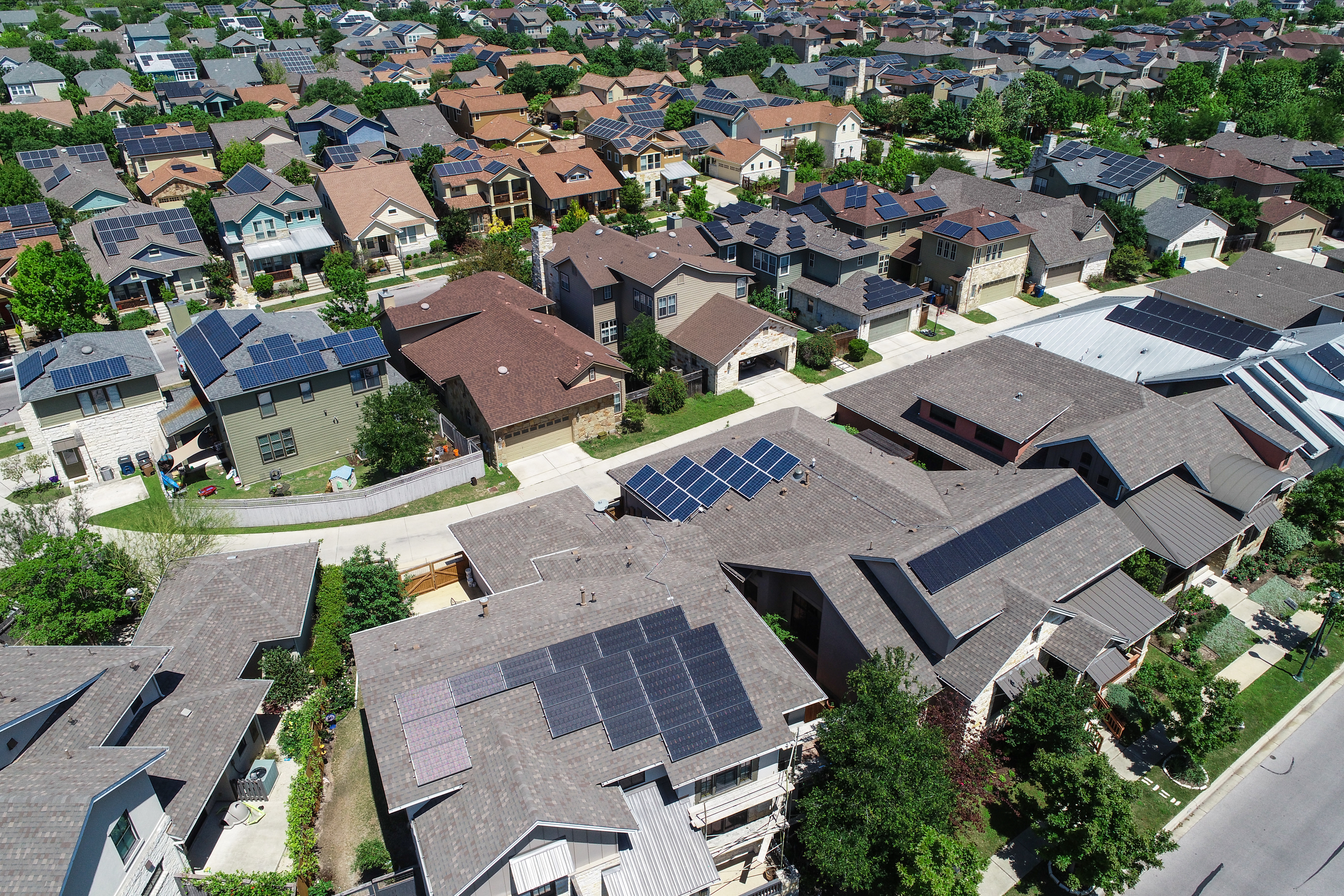Advances in Solar for 2018 and Beyond: How Homeowners Can Benefit

In 2016, U.S. solar installations nearly doubled, and solar energy had more electricity-generating capacity than any other energy source in the country. This spells good news for homeowners interested in making clean energy upgrades on their property. Advances in solar technology for 2018 have made solar panels less expensive and easier to install. With increased charging efficiency, more appealing shingles, and better financing options, it’s no wonder Consumer Reports says “there’s never been a better time to switch” to solar energy. Here’s how you can benefit from new advances in solar technology for your home.
Better Tech—For Less
Over the past decade, advances in solar energy have helped the cost of solar panels to drop by almost 80 percent. While many homeowners opt to lease their panels, purchasing panels has now become so affordable that it might make more long-term financial sense for homeowners to consider buying instead.
Because solar is now cost-competitive with natural gas, homeowners have been leading the charge in solar upgrades—even in states where investments in solar energy are low priority.
It can cost anywhere from $20,000 to $30,000 to install solar panels on your roof. However, you may be eligible for financing programs, like PACE (property assessed clean energy) financing. PACE enables homeowners to leverage their home equity to finance improvements that save energy or use renewable energy.
Through 2019, there’s also a federal tax credit for 30% of the cost of installation available to homeowners who opt to purchase solar power systems.
Solar Shingles
If you’ve ever balked at installing solar panels on your roof because you wanted to maintain your home’s aesthetic, you’re not alone. According to Consumer Reports, one of the many advances in solar technology for 2018 include solar shingles.
These new cells are “designed to look and perform like shingles and roof tiles,” reports Ed Parratore. Depending on the company you decide to use, your solar shingles might replace parts of your roof altogether—or they’ll be installed just like terra cotta tile roofing to maintain your roofline.
More Efficient Cells
The average solar panel has only about 20 percent efficiency. Silicon cell panels, the most common solar panel material, capture and convert anywhere from 16 to 21 percent of the sunlight they’re exposed to during the day.
But advances in solar cell materials might improve efficiency within the next few years. According to Bloomberg, cells made from materials like perovskite and quantum dot might “lower costs and increase solar potency,” encouraging further investment in solar energy.
Perovskite solar cells “can be painted or sprayed on a surface from an ink solution or churned out of a printer like a newspaper,” explains science reporter Justin Worland at TIME. “That flexibility means they can be attached to virtually anywhere.”
Challenges in production and installation have pushed this technology down the road, but scientists recently announced that these more efficient cells could make the jump from the lab to distributors sooner than we thought.
Use Solar-Generated Power at Night
Batteries for storing excess energy generated by solar panels are becoming more efficient, too. According to USA Today, the Tesla Powerwall battery charges during the day, and then allows you to use any extra energy you may have generated at night.
“[It] serves as a backup battery, too, such as protecting your home during a power outage—to keep your lights on, Wi-Fi working, and refrigerator running,” explains columnist Marc Saltzman.
But the cost of installing a Tesla Solar Roof can vary widely, says an investigation for Consumer Reports. The Powerwall battery alone costs $7,000—and when you figure in costs for installation and solar panels, the Solar Roof might not be the best choice for your house. Learn more about the math behind the Tesla Solar Roof here.
See a Faster Return on Investment
Some states, like California, New York, and Massachusetts, provide major incentives for homeowners who take advantage of advances in solar energy to “go green” at home. New homes in California are even required to have solar panels, according to a newly-signed law that goes into effect in 2020.
While it can be difficult to calculate cost in energy savings over the lifetime of a mortgage, the University of California Berkeley estimates that solar panel installations improve property values.
“Researchers found that buyers were willing to pay a premium of $15,000 for a home with the average-size solar photovoltaic system (3.6 kilowatts, or 3,600 watts), compared with a similar home without one,” reports The New York Times. “Put another way, that translates to about four additional dollars per watt of solar power.”
Real estate appraisers on the ground see the same effects on buyers in Massachusetts. “They definitely add value to your home as long as they are purchased,” John DiStefano, president of First Fidelity Appraisal Services of New England, explained to Boston.com. “If they are leased, the banks do not recognize a value.”
If you’re considering taking advantage of advances in solar technology this year, then be sure to factor in higher resale value to your cost-benefit analysis.
Financing Your Solar Upgrades
If you don’t have $30,000 socked away in savings to invest in solar energy, you’re not alone. Financing your clean energy upgrades through Ygrene’s PACE financing program might offer you the flexibility to go green. PACE financing is available for projects that protect against natural disasters, save energy and water, or use renewable energy. Financing is added to and repaid with the homeowner’s annual property taxes, and you’ll be able to take advantage of these recent advances in solar energy.




